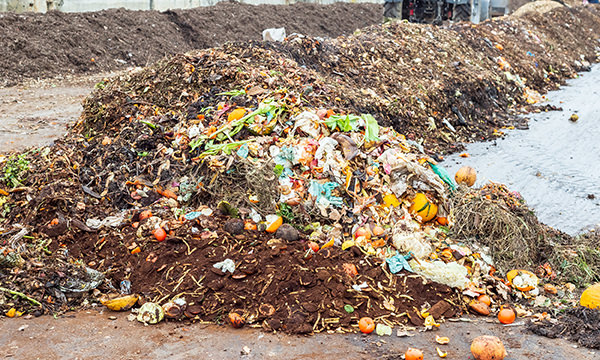

Maximizing Organics Capture for Multi-family Residential Settings
Effective organic waste collection is a key aspect of any city’s zero-waste roadmap. As of 2023, 14.9m households are said to have access to some form of organics collection in the United States, representing a 47% increase since 2021.
The majority of curbside programs, however, are only available to single-family households. Participation is typically easier to secure here as storage and curbside space is more readily available, and residents are able to utilise individual roll-out carts that help to streamline the collection process. For multi-family buildings, however, the same benefits are often far less accessible, particularly in densely-built neighbourhoods.
As explored in the following article, an understanding of these challenges is crucial for landlords and housing associations seeking to secure positive participation in organics collection from multi-family buildings, combined with increasing the availability of secure drop-off enclosures in order to maximise capture.
In multi-family residential settings, the main challenges to securing organics capture exist when households aren’t provided with easy access to containerized organics collection. Providing roll-out carts for each household would only create issues, obstructing the sidewalk and increasing fire risk. Positive participation in organics programs can often be at risk when the factor of choice is in play, or if a level of sustained personal effort is involved. These communal settings will often contain residents with different priorities and varying attitudes towards organics recycling, so convenience is a key factor in participation.
The impact of these challenges can often mean that residents will often dispose of all their household trash and organics in one single waste stream. The main concerns here are the contamination of waste streams, while the degradative nature of organic waste can quickly create issues around odour and cleanliness in communal deposit points, as well as hygiene issues if compostable liner bags cannot be used as part of the household separation process. When loose trash bags with co-mingled household waste are left unsecured as side waste, this can quickly attract vermin to a readily available food source.
To overcome these challenges, easy access to a secure enclosure in a conveniently accessible location for both residents is essential, enabling residents to consistently deposit and store the organic waste for collection. For densely developed neighborhoods with restricted space, these should be placed within 40 – 60 yards of each household in the service area on a well-lit, prominent route to encourage use.
